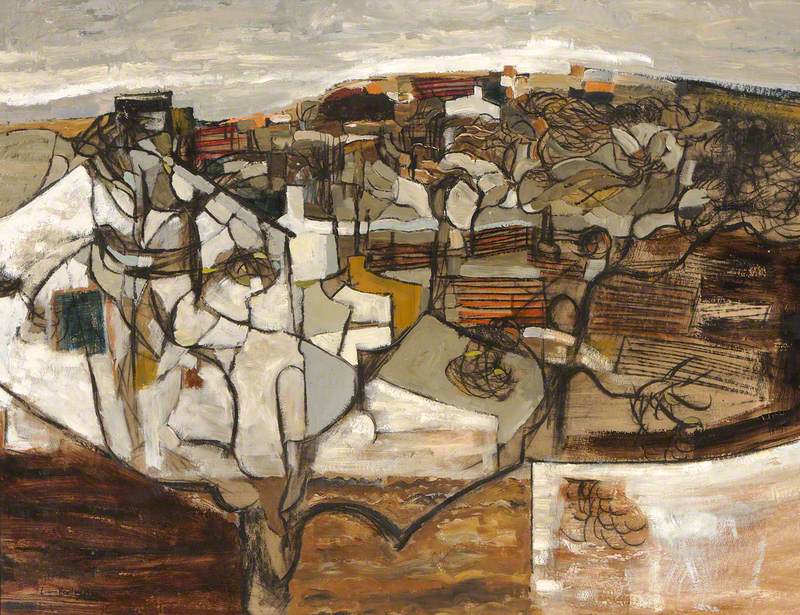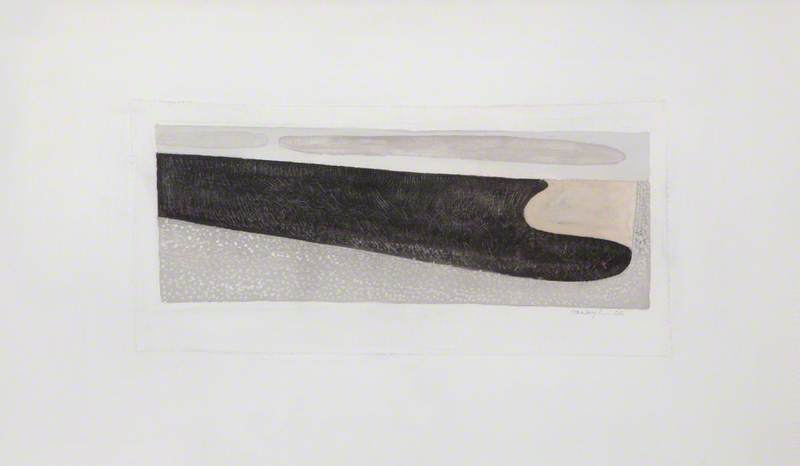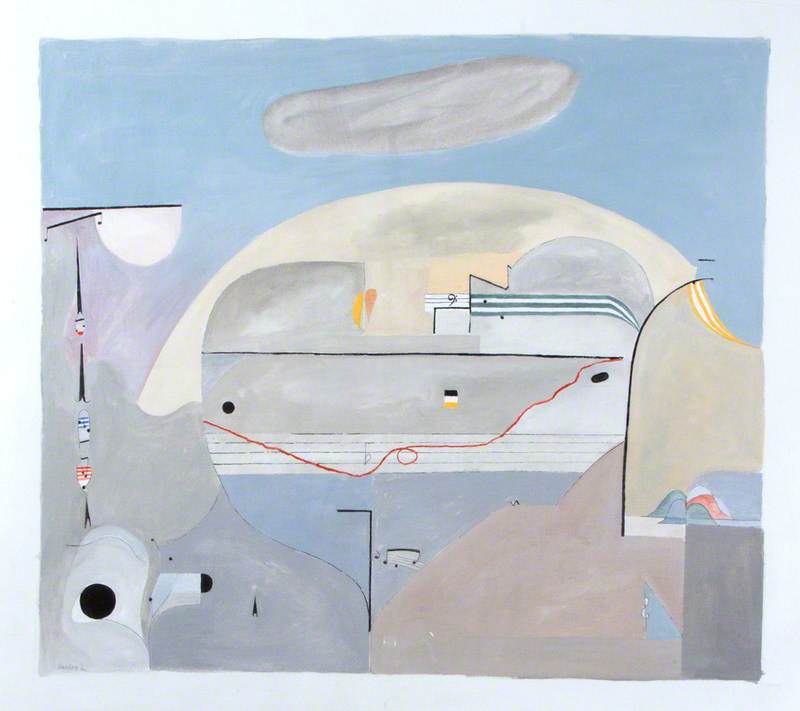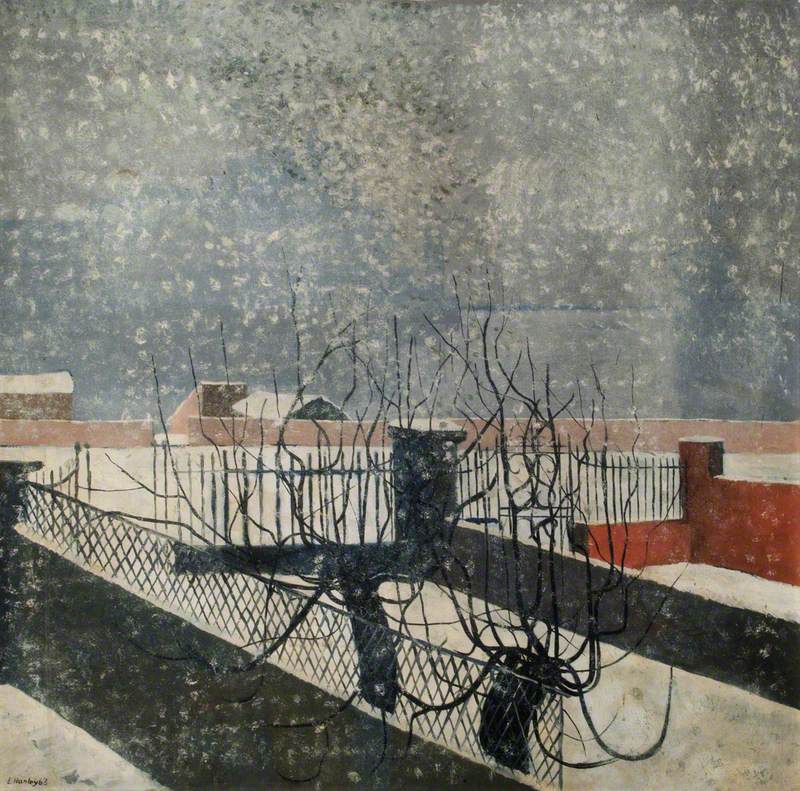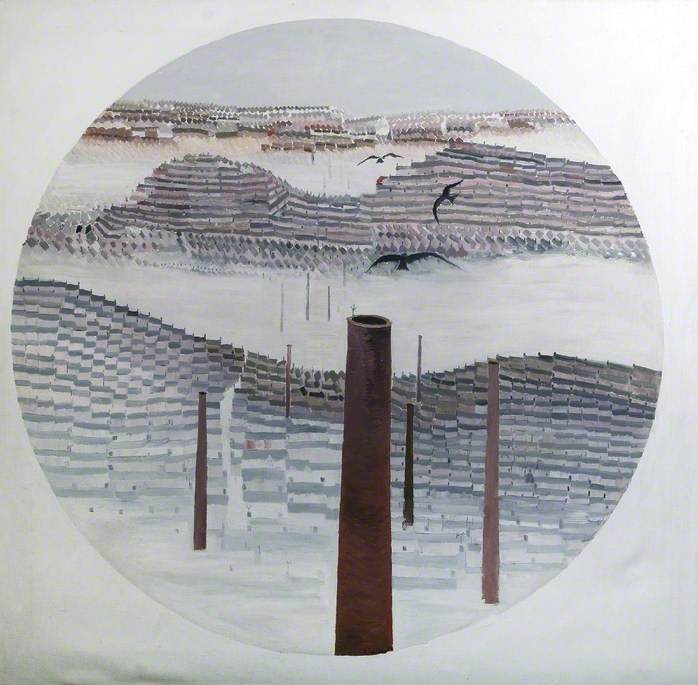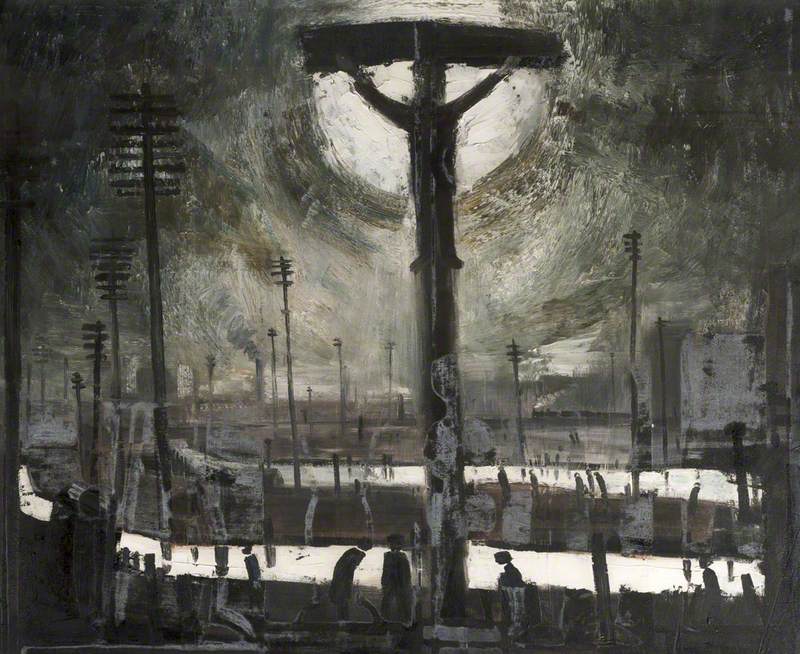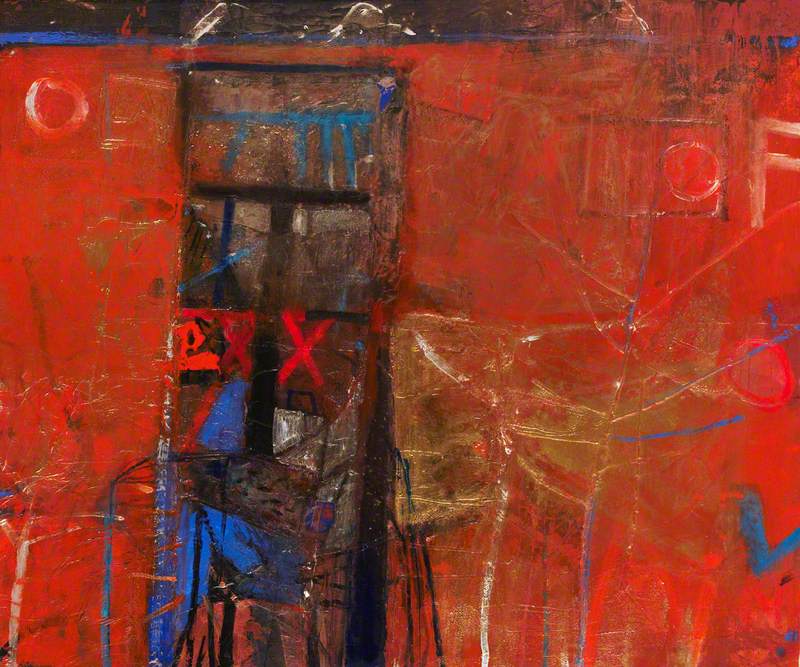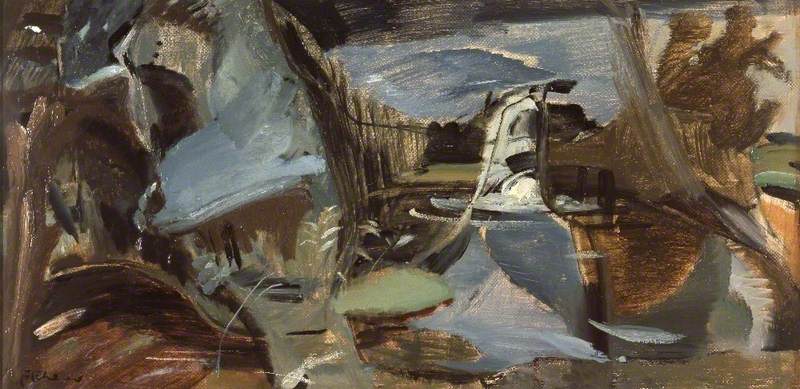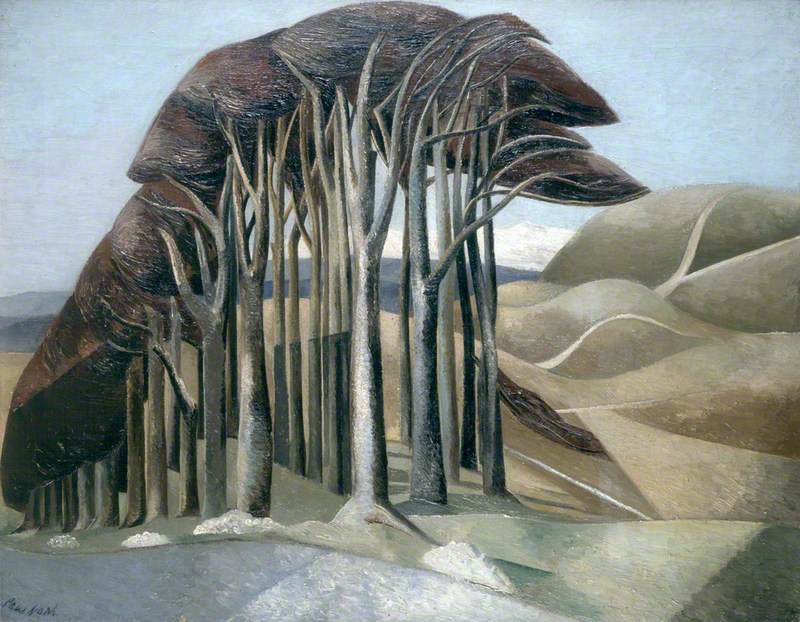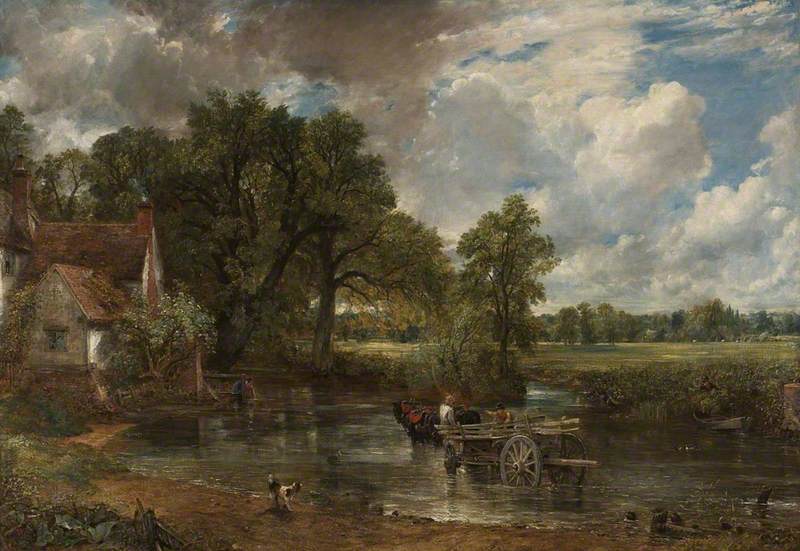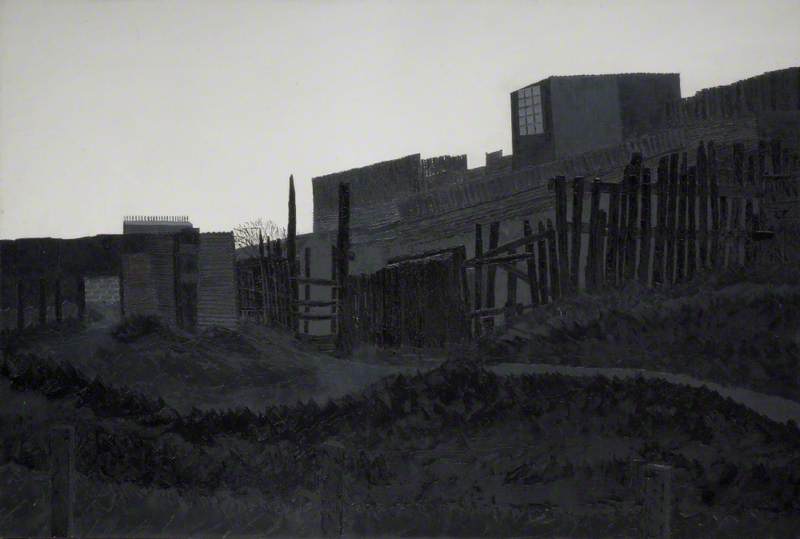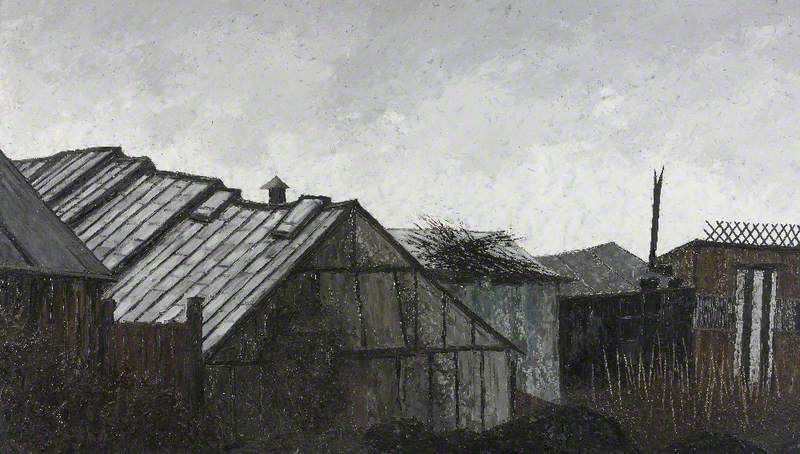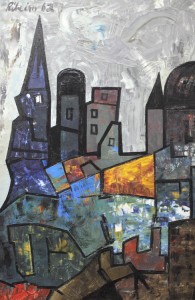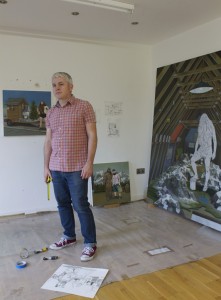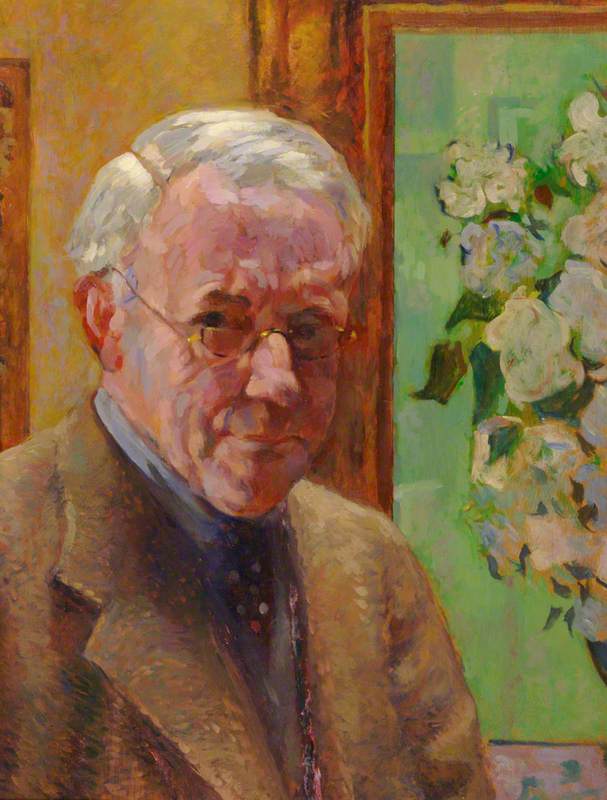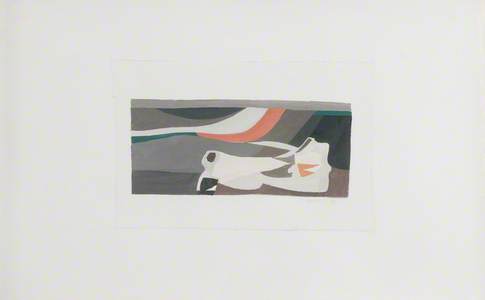Britain is fortunate because although its land area is relatively small, it contains a variety of landscapes – challenging artists to record, interpret and make their own. Over a long working life a painter’s course may take many routes, but some remain wedded to a particular place.
For example, Thomas Gainsborough’s statue is in Sudbury, for it was not only his birthplace but in the county nurtured his art. Also in Suffolk, Flatford Mill and East Bergholt are indelibly John Constable country.
Such links continued over the centuries: Walter Sickert and seedy Camden Town; Eric Ravilious and the rolling South Downs; F. C. B. Cadell and S. J. Peploe and what their biographer T. J. Honeyman called 'the imperishable beauty of Iona'; Elwin Hawthorne, Walter Steggles and Albert Turpin and London’s often grim inter-war East End; L. S. Lowry, the drab melancholy of Salford and Manchester; and Kyffin Williams, the dour mountainscapes of Wales.
It is understandable that a painter should focus attention on somewhere with early-life associations, but this is far from the case with Liam Hanley, born in London – where he has lived for many years – and brought up in Montgomeryshire.
Early in his artistic career the landscape around Hanley’s old home in Wales was his main reference point. When his parents sold their house in 1963, he was made 'bereft', as the critic Andrew Lambirth writes in the catalogue for Hanley’s work now showing at Chappel Galleries, in Essex.
Left a painter without a chosen subject, says Lambirth, Hanley 'felt rootless until he discovered Royston, a stretch of interesting hollows and windswept edges shaped by the Great Surge of the Ice Age.'
Two square miles of undulating Hertfordshire fields had captured Hanley’s heart, which for several decades like a battery have charged with endless invention modestly sized pictures infused with a serene lyrical and romantic poetry. Few artists have been so single-minded in their devotion to a subject.
Before this transformation took place, Hanley's life had been far from a rural idyll. After studying at Wrekin College in Shropshire he completed his National Service abroad in the Royal Marines, then worked as a newspaper and television journalist for 30 years. His father James and uncle Gerald were notable novelists, his mother also a writer and painter.
Liam began painting in the mid-1950s, facilitated by night work as a journalist. In the late 1950s he studied briefly at the Central School of Art, but when in the early 1990s I sought his career details for my dictionary Artists in Britain since 1945, he wrote that he was...
'a mainly self taught painter. I have relied almost entirely on the study of other and better painters than myself. It is true to say that I have absorbed many influences, the most-lasting Ben Nicholson and Morandi. There have been many changes in my work because I have striven always to deepen my own painting language and seek new depths in myself. I do not paint of things. I paint about things and feelings.'
Hanley did not become a full-time artist until the late 1980s, when he was 55. By the time I quizzed him he had had around two dozen solo shows, had participated in many mixed exhibitions and was in a clutch of public collections. Since then he has continued to work and exhibit into his mid-eighties, gathering a band of enthusiastic followers.
They will undoubtedly welcome this timely exhibition, partly because its retrospective element. For anyone familiar with the later Royston area-inspired landscapes, with their elegant, near-abstract shapes, it is fascinating to see Hanley’s early paintings of such subjects as the Potteries and Chelsea footballers. In the 1975 pencil drawing Seven Rides, Royston he is revealed as a sensitive draughtsman. This is a long overdue exhibition.
David Buckman, art historian
The exhibition 'Liam Hanley 'Tracing the Pattern', Works from 1960s Onwards' was on display at Chappel Galleries from 7th to 29th May 2016.
